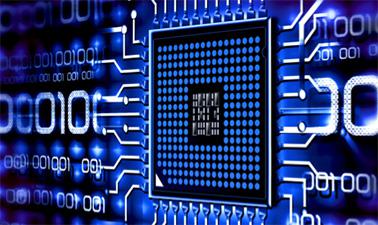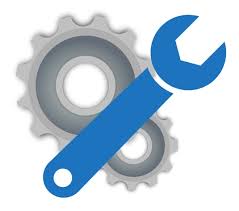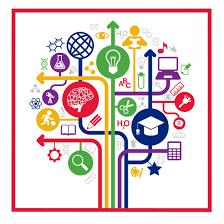CSE 2nd Year Courses
- Teacher: Abhijit Payra
- Teacher: Barnali Dutta
- Teacher: Srijan Datta
- Teacher: Sayantan Majumder
- Teacher: Saubhik Bandyopadhyay
- Teacher: Suman Banerjee
- Teacher: Tanusree Chatterjee
- Teacher: Nabanita Das
- Teacher: Nilanjana Dutta Roy
- Teacher: Toufique Gazi
- Teacher: Tirthankar Ghosh
- Teacher: Chinmoy Kar
- Teacher: Malancha Khan
- Teacher: S Paul
- Teacher: Sanjib Roy
- Teacher: Papiya Debnath

Course Outcome:
- Identify
and describe the basic digital components, various data representations, arithmetic and
logical operations performed by computers.
- Determine
the steps in the execution of a computer operation, summarizing the role of the
components.
- Implement
various modules of a computer system using the knowledge of the basic digital
components.
- Explain
and analyze the function and interplay of various components in a computer.
- Compare
the impact of different technological changes on computer design and their
relative merits.
- Teacher: Nilanjana Adhikari
- Teacher: Sajib Chowdhury
- Teacher: Tirthankar Ghosh
- Teacher: Bitan Misra
- Teacher: Rupa Mitra
- Teacher: Rajat Suvra Nandy
- Teacher: Bikash Sadhukhan
- Teacher: Ashoktaru Chatterjee
- Teacher: Sajib Chowdhury
- Teacher: Arghya Kusum Das
- Teacher: Sandipan Ghosal
- Teacher: Raja Karmakar
- Teacher: Malancha Khan
- Teacher: Paromita Kundu
- Teacher: Kaushik Majumdar
- Teacher: Rupa Mitra
- Teacher: Rajat Suvra Nandy
- Teacher: S Paul
- Teacher: Sanjib Roy
- Teacher: Pratima Sarkar

This is the online course on Formal Language & Automata Theory for Even Semester .
- Teacher: Sumanta Chakraborty
- Teacher: Nabanita Das
- Teacher: Tirthankar Ghosh
- Teacher: Paromita Kundu

Course Objective
Design, create and debug windows applications using Visual Basic programming.
ii) Course Outcomes
After completion of this course the students will be able to
1. Identify the differences between the procedural languages and event-driven languages and understanding how a windows program runs and also Load, modify, and save changes made to forms and projects in the Visual Basic environment.
2. Implement Windows based application using Visual Basic, sub procedures, Functions, forms, and Windows environment calls.
3. Define and implement form objects including data arrays, control arrays, and different types of control like text boxes, message boxes, dialog boxes, labels, controls, menus, frames, picture boxes, pull-down menus, and combo boxes, timer control, etc.
4.
Understand and apply MDI forms, database handling using form with
various controls with ODBC connectivity.
5.
Case Studies. e, g, Student Management System, Hospital Management System, Geographical information system, etc.
- Teacher: Kaustav Das


